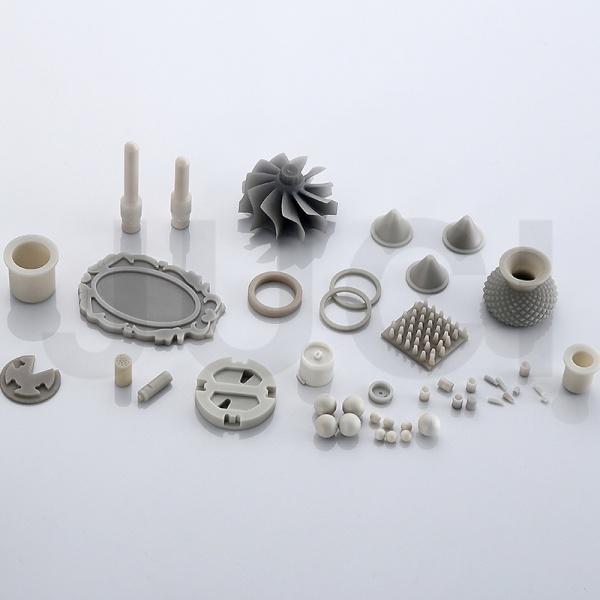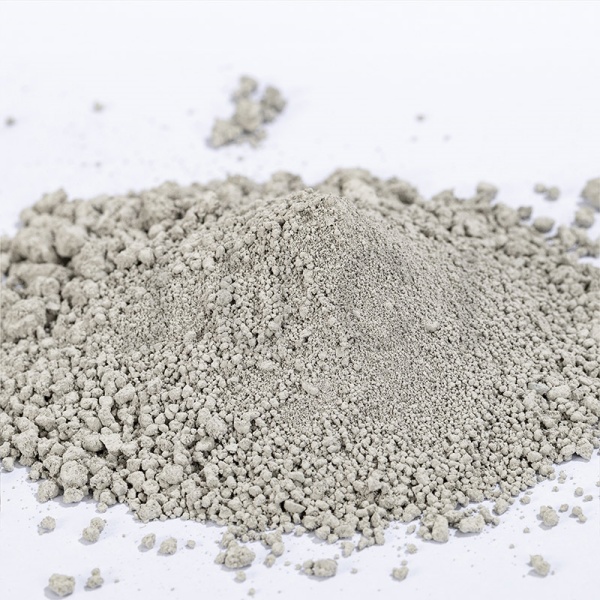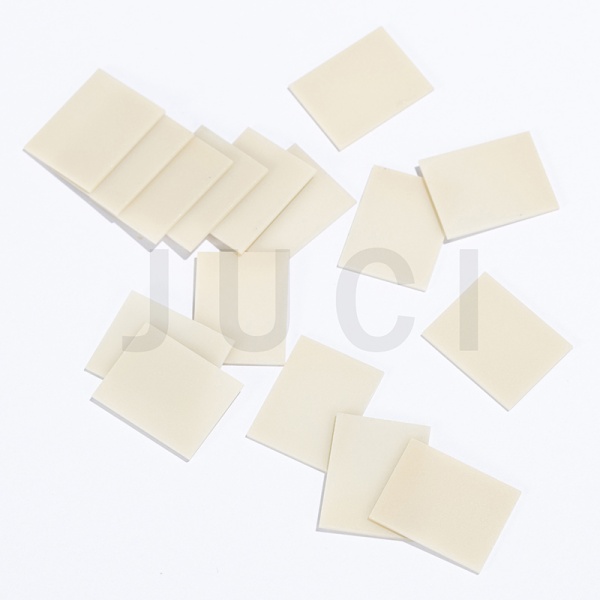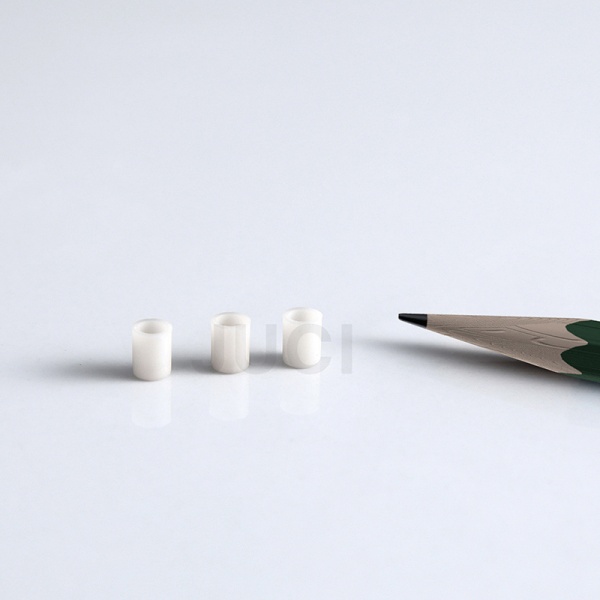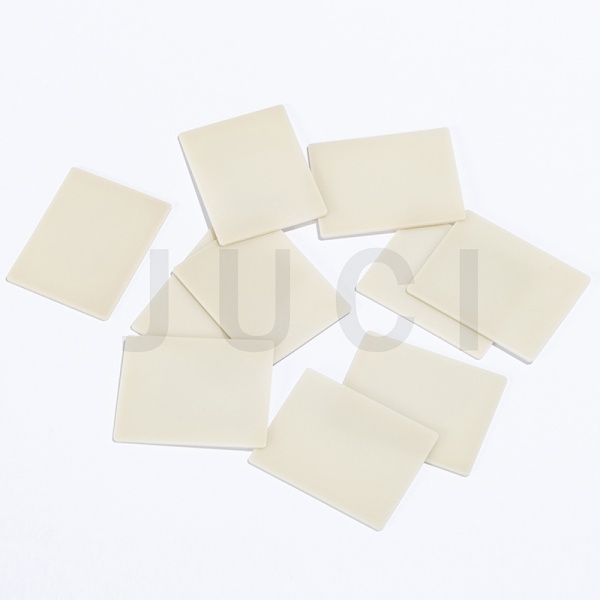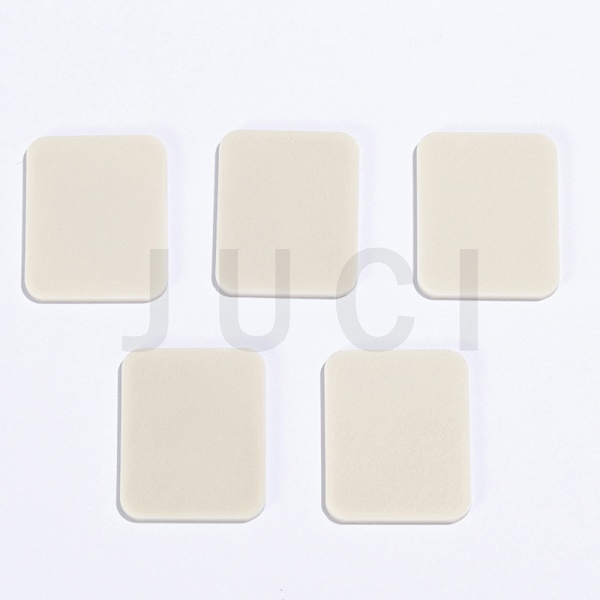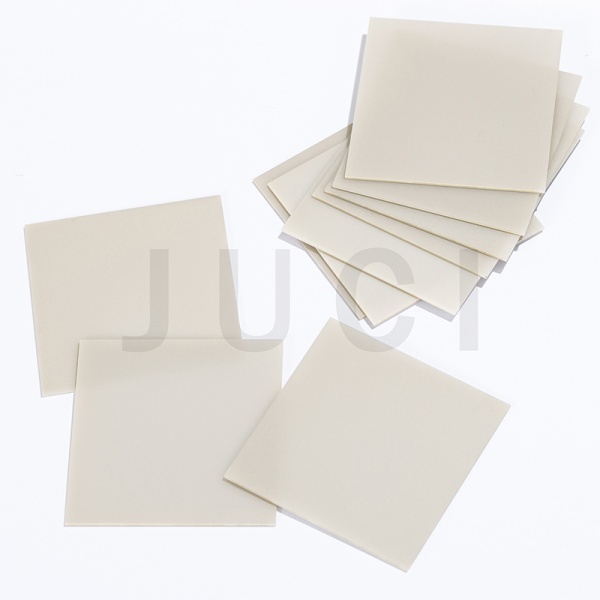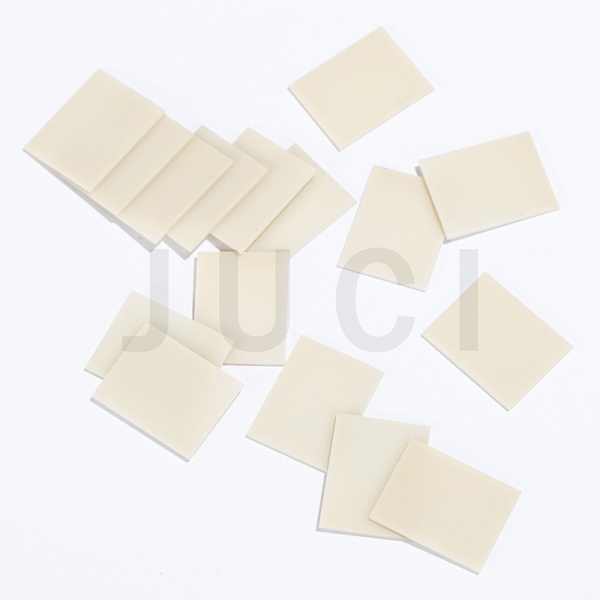With the increase of global environmental awareness, more and more manufacturers are looking for more sustainable raw materials and production processes. In the coating industry, water-based coating resins are becoming a new trend to replace traditional solvent-based coatings. So, are water-based coating resins really more environmentally friendly? Can it take into account both performance and environmental protection? This article will give you a comprehensive analysis of the environmental advantages and practical application value of water-based coatings.
What is water-based coating resin?
Water-based coating resin is a resin material with water as the main dispersion medium, which is used to prepare environmentally friendly coatings. Compared with traditional solvent-based resins that use organic solvents, water-based resins emit very few harmful gases and are more environmentally friendly and safe. With the development of coating technology, modern water-based resins have excellent film-forming properties, adhesion and weather resistance, and have been widely used in many industrial fields.

Environmental comparison between water-based resins and solvent-based resins
1. VOC emission comparison
Solvent-based coatings release a large amount of volatile organic compounds (VOCs) during use, posing a threat to the atmospheric environment and human health. Water-based resins use water as a dispersion medium, and the VOC content is much lower than that of solvent-based products, which complies with environmental regulations of various countries.
2. Production and construction safety
Water-based coatings are non-flammable, and the construction process is safer, reducing safety hazards such as workshop fires. Moreover, only clean water is needed to clean the equipment, reducing the use of harmful cleaning agents and further reducing the environmental burden.
3. Easier waste disposal
The waste liquid treatment after using water-based resins is relatively simple, which not only reduces industrial wastewater pollution, but also helps companies control environmental protection costs.
Is the performance of water-based coatings reliable?
The development of modern technology has significantly improved the performance of water-based coating resins. Especially in industrial applications, water-based coating resins have continuously enhanced their wear resistance, corrosion resistance and weather resistance, and have been widely used in the surface treatment of various materials such as metals, wood, and plastics.
Some high-end products can match or even surpass the gloss, hardness and adhesion of traditional solvent-based coatings, and can meet the high requirements of many fields from home to automobiles and electronic products.
Main application areas of water-based resins
1. Automobile manufacturing and maintenance spraying: used for body surface coating, environmental protection and paint film quality.
2. Wood furniture coating: environmentally friendly and odorless, suitable for interior decoration and furniture protection.
3. Electronic consumer product shell coating: high adhesion, high wear resistance, protection of parts, and improvement of product appearance texture.
4. Anti-corrosion coatings for building exterior walls and metal structures: Improve anti-aging performance and extend material life.
5. Green packaging and printing industry: Reduce residual solvent pollution and ensure food and daily chemical packaging safety.
Environmental protection and performance are both available, and the future development trend is clear
From the perspective of environmental protection, water-based coating resins are undoubtedly a greener and more sustainable choice. With the continued tightening of environmental protection policies and the pursuit of a healthy living environment by global consumers, the market share of water-based resins is steadily increasing.
On the technical level, the performance of water-based environmentally friendly coating materials continues to improve, providing a broader application space for industrial manufacturing.
As an innovative company focusing on water-based resin solutions, Lintec relies on years of technical accumulation and application experience to provide customers with high-performance, environmentally friendly water-based coating resin products covering multiple industrial fields.
Whether you are looking for environmentally friendly coating resins for metal, plastic or wood surfaces, Lintec can customize solutions for you to help companies achieve green transformation.
